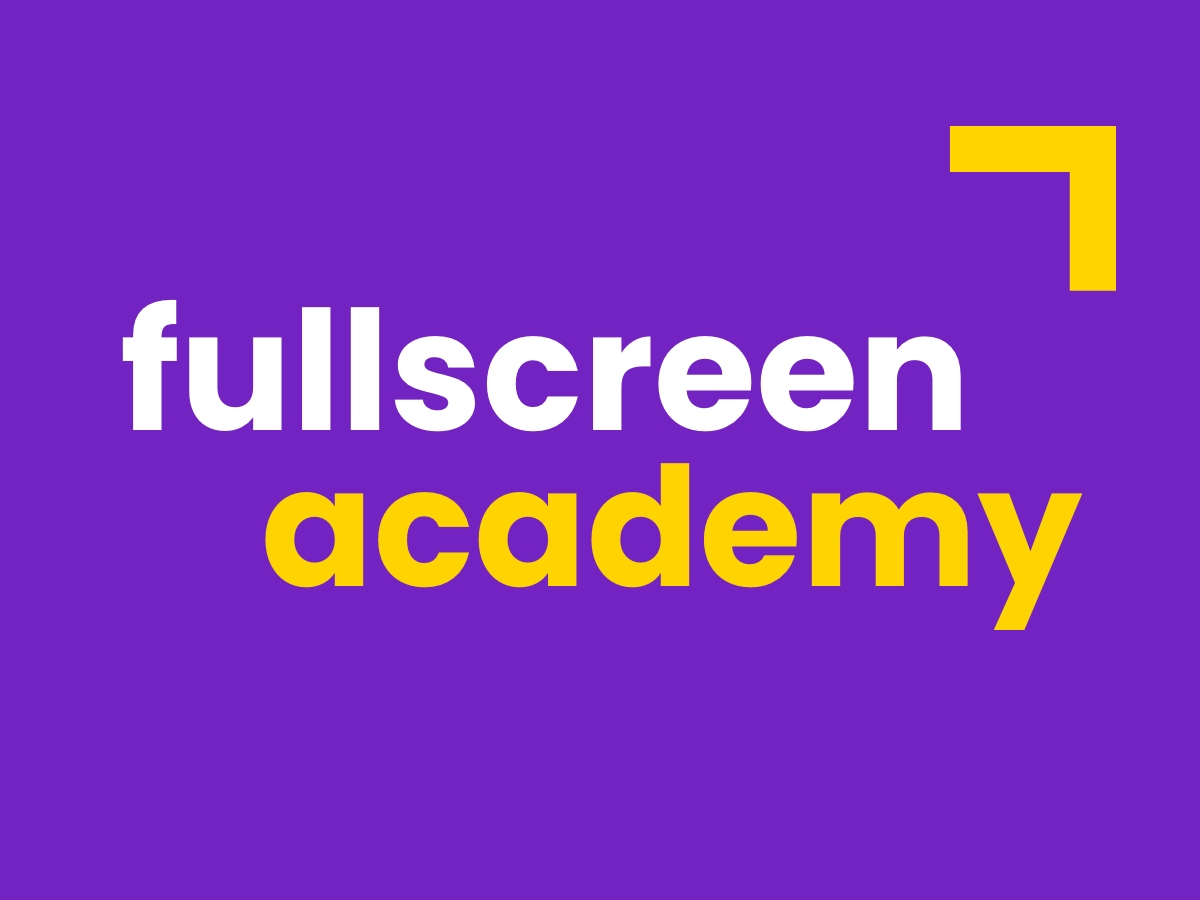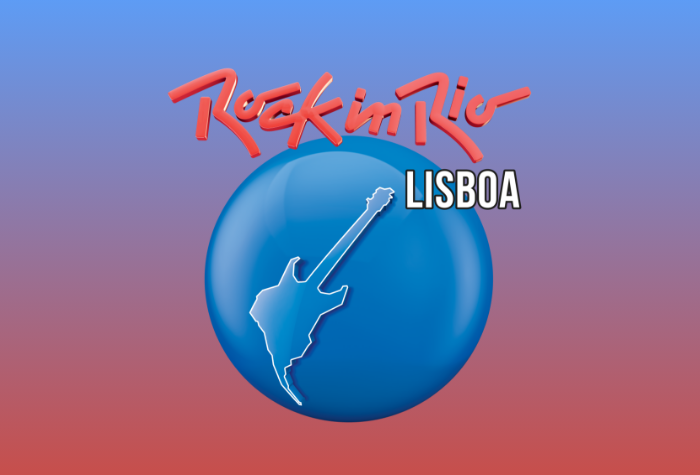Fullscreen is once again Rock in Rio's choice for 2026
SEO and Image Accessibility with Studio CMS
June 30 2025
Invest in responsible and intelligent practices — search engines and your visitors will thank you.

Image SEO: Improve accessibility and ranking
SEO (Search Engine Optimization) doesn’t just apply to text. Images also play a key role in a website’s visibility in search engines — and in the user experience. Correctly optimizing image attributes, such as alt and title, can make all the difference.
What is SEO applied to images
The alt attribute , or alternative text, describes the visual content of the image . It is especially useful when the image does not load or is accessed by screen readers used by people with visual impairments. In addition to fulfilling an accessibility function, this text is read by search engines, contributing to the positioning of the page in search results — especially in Google image search.The role of the image title
The title attribute provides an additional description that appears as a small caption when the mouse is hovered over the image. Although it has less direct impact on SEO, it can improve the user experience and reinforce the context of the image.
Digital accessibility: including everyone is essential
Textual descriptions of images allow support tools to "read" the visual content to those who cannot see it . This is especially relevant on institutional websites, public service platforms , e-commerce or education , where digital inclusion is a legal and ethical requirement.
How Google interprets images on your website
For Google and other search engines, images are not automatically understood. The way to "read" visual content is through what is given to it in terms of text: the alt provides an objective description of what is in the image, the title complements this description and the file names (such as product-electric-bicycle.jpg) also help.
Well-described images improve the SEO of the page as a whole, increase the average dwell time and facilitate indexing in Google Images, generating additional traffic.
Studio CMS: a tool that facilitates visual SEO
Studio CMS , a content management platform developed by Fullscreen , was designed to facilitate the application of these good SEO practices. Through the intuitive back office, it is possible to insert alternative texts and titles in all images uploaded to the site, as well as optimize file names and descriptions for search engines.Additionally, Studio CMS includes automatic per-page SEO validation capabilities, helping marketing and content teams ensure that all elements — including images — contribute to better organic performance.
